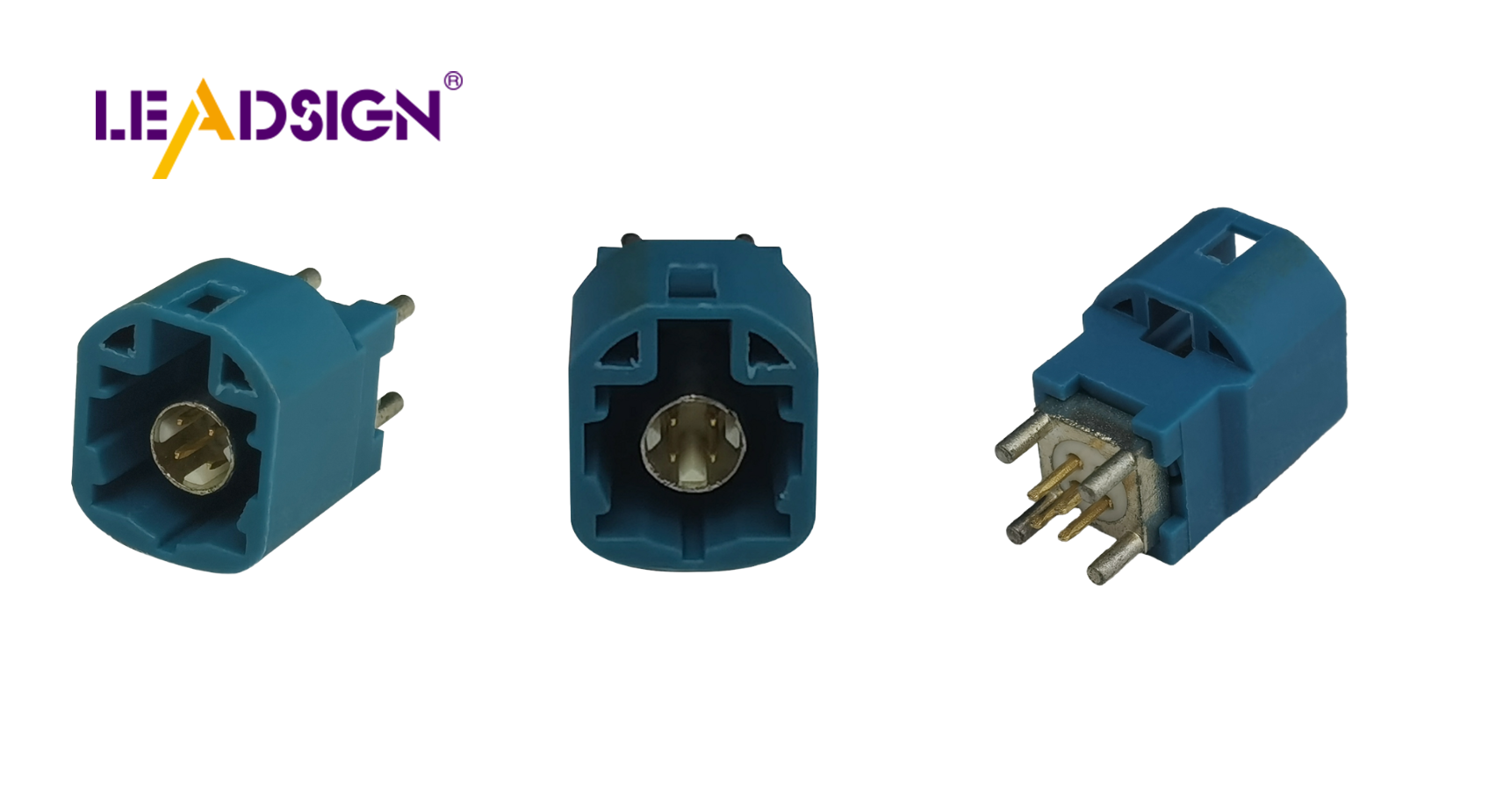Automotive Wire Connectors Types: A Comparative Guide

Automotive wire connectors come in various types and are crucial for vehicle electronics. They facilitate the smooth transmission of electrical signals and power between different components in a car. Selecting the appropriate connector is essential for ensuring car safety and optimal performance. By understanding the different automotive wire connectors types, you can make informed decisions to ensure that each connection functions effectively and securely.
Comparing Top Car Wire Connectors
Best Overall
Features
Sends data fast
Locks well in place
Crimps for strong hold
Holds cables tightly
Different codes to stop mix-ups
Pros
Works great in car electronics
Makes strong, safe connections
Good for many uses like USB and Ethernet
Codes help avoid mistakes
Cons
Costs more than others
Needs special tools to set up
Runner Up
Features
Thick wire with cross-links
Resists heat and scratches
Good for engine areas
Pros
Strong and lasts long
Handles heat well
Perfect for tough spots
Cons
A bit bigger than slim ones
Not very bendy due to thick walls
Quality Pick
Features
Very thin wire with cross-links
Light and small design
Bends easily for setup
Pros
Fits in tight places easily
Makes cars lighter overall
Works well in different settings
Cons
Not as strong as thicker wires
Not great for hot places
Buying Guide for Car Wire Connectors
What are car wire connectors?
Car wire connectors join electric parts in cars. They help electricity flow smoothly so systems work right. These connectors come in many shapes and sizes for different jobs.
Why use good connectors?
Good connectors make cars safer and work better. They stop electric problems by keeping connections tight. Strong connectors don't rust and handle tough conditions, cutting down on fixes and helping car parts last longer.
Types of Car Wire Connectors
GXL Connectors
GXL connectors have thin wires that resist heat well. They are great for engines because they bend easily and last long in hot places.
SXL Connectors
SXL connectors have thicker wires that protect against heat and scratches. They work best in engines, giving strong performance where it's tough.
TXL Connectors
TXL connectors are very thin and light. Their small size fits tight spots easily, but they might not be good for super hot areas.
Things to Think About When Buying
Does it fit your car?
Make sure the connector fits your car's needs. This stops setup problems and helps things run well.
Is it strong?
Strong stuff like special plastic makes them last longer. Pick ones that can handle heat and wetness.
Is it easy to put in?
Connectors should go in without special tools. Easy setup saves time and avoids mistakes.
Frequently Asked Questions
How do I pick the right connector for my car?
To choose the right wire connector, know what your car needs. First, find out if you need board-to-board or wire-to-wire connections. Think about where you'll use it. For example, engine areas need connectors that handle heat well. Eric Palazzolo, a car expert, says it's important to match the connector's specs with your car's needs for best results.
What shows a bad wire connector?
Bad wire connectors can cause problems in cars. Watch for flickering lights or electrical issues. Listen for strange sounds from electronics. Check if there's rust or damage on the connector. If you see these signs, fix it quickly to stop more harm.
Can I put in wire connectors myself?
You can install wire connectors easily if you follow steps right. Many are made to go in without special tools. But make sure they fit tight to avoid issues later. If you're new to car electronics, getting help from an expert is smart. This makes sure everything works safely and well.
Picking the right car wire connectors is important for safety and how well the car works. This guide gives useful information about different kinds and how to use them. By learning about these choices, buyers can make smart decisions that make their cars work better. Think of this guide as a helpful tool when choosing connectors to keep everything working well for a long time.
See Also
Exploring Ford Fakra Connectors: A Comprehensive Overview
Understanding HSD Connectors: A Detailed Overview
Exploring Fakra Connectors: Benefits, Uses, and Installation Guide

